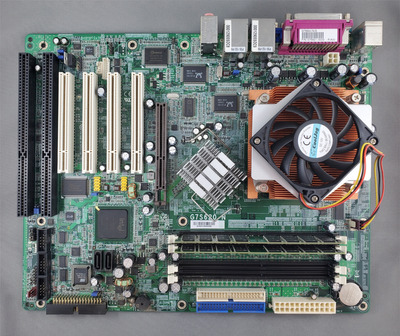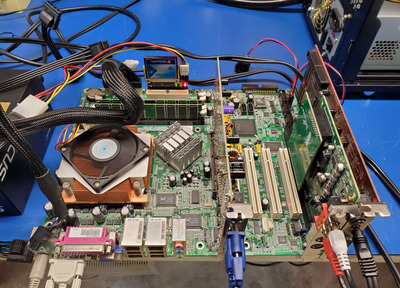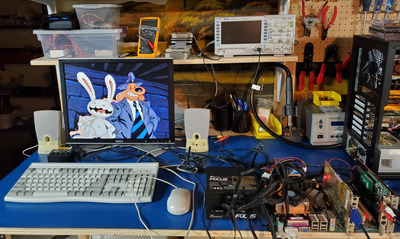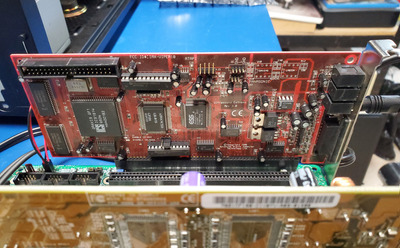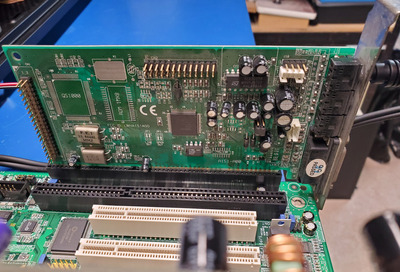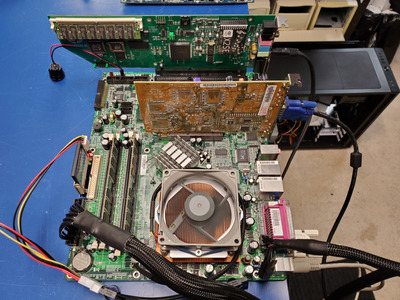Reply 60 of 90, by Shponglefan
- Rank
- l33t
vetz wrote on 2024-01-24, 14:34:I'm in the group with Jasin here, not much point in going faster unless point 2. The issue I've personally experienced is that the more you push it, the more strange behaviours are going to occur, and you are always going to have a feeling at the back of your head that it's due to the setup you're running that's causing it. My venture has been into W98/DOS on Core2 systems, and it just wasn't stable enough. I didn't really need the power for the games that could run under DOS/W9x on that sort of a CPU. Heck even a P4 is overkill, so I personally think it's better to save yourself the trouble, atleast if you intent to keep the system for actual usage and not just testing. At the moment I'm using a P4C800-E Deluxe which officially supports Win9X as my dual boot system and that has been a much more pleasent experience. So for me "practical" and "fastest" is the S478 platform.
Oh, I agree, based on my research and testing so far, I think a Pentium 4 build will probably be the practical cut-off.
That said, it's fun to test things and see what sort of compatibility levels can be achieved. I'm hoping to do document a lot of this testing, especially since I'm already finding things that go against some of what I've seen documented elsewhere (particularly the Vogons wiki speed sensitive games list).
The other thing I really enjoy is trying to mix 'n match all the hardware and see what can be achieved in terms of cross-compatibility and available system resources. It's the same reason I put together those silly multi-sound card builds. There's not a whole lot of practical reason they need to exist, but it's fun to do anyway. 😁
